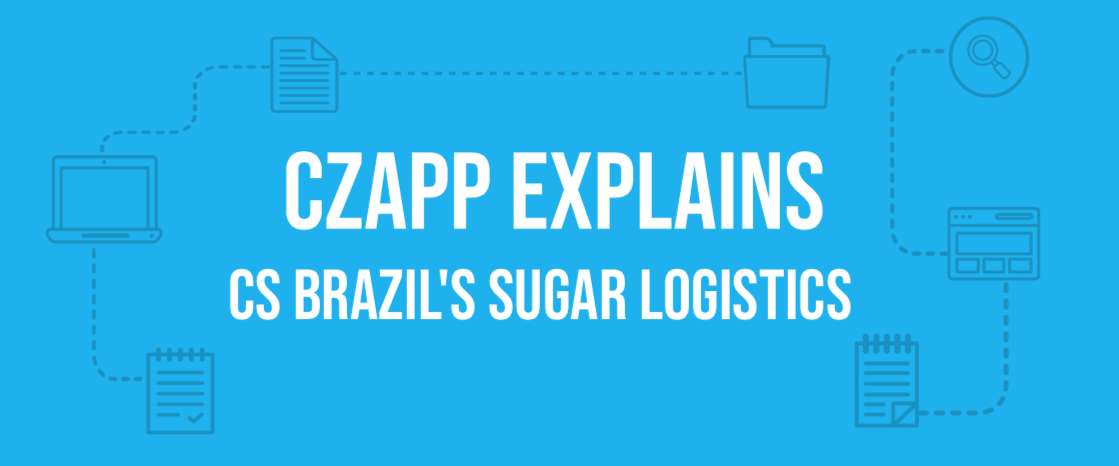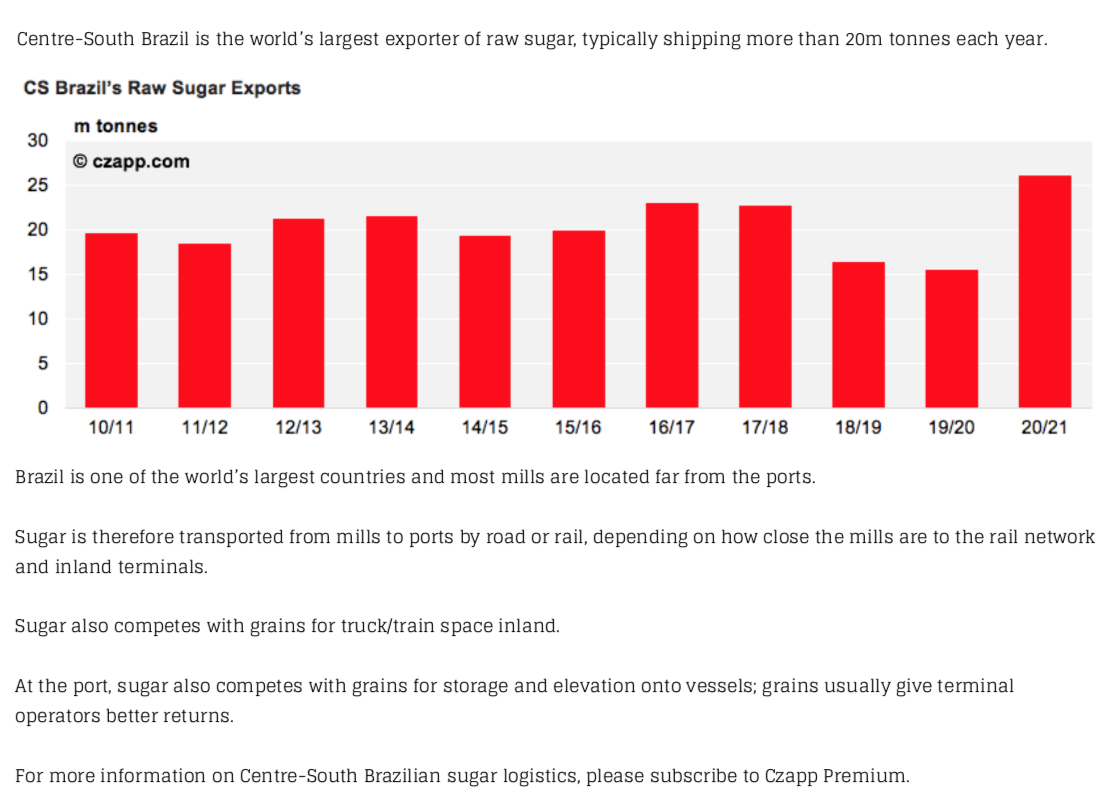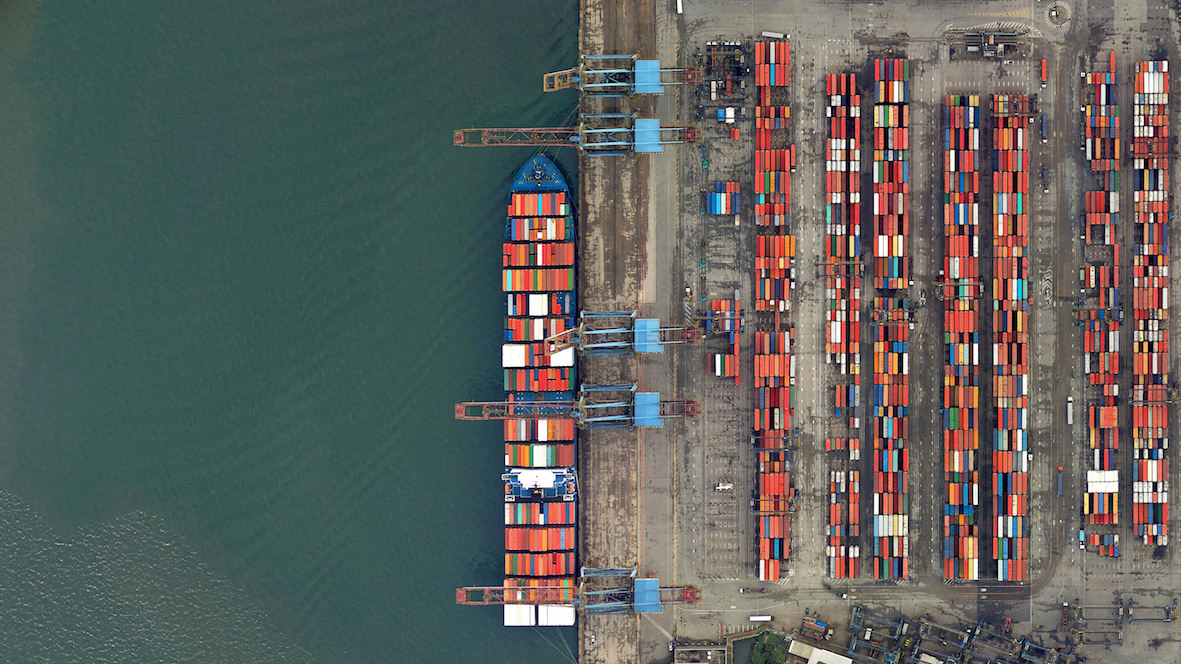






Want to receive free tailored content notifications straight to your inbox?
Subscribe
Welcome to the sixth instalment of Czapp’s course on futures mar...

Welcome to the fifth instalment of Czapp’s course on futures mar...

Welcome to the fourth instalment of Czapp’s course on futures ma...

Welcome to the third instalment of Czapp’s course on futures mar...

What is Biomass? Biomass is a fuel derived from organic material such ...

Welcome to the second instalment of Czapp’s course on futures ma...

Insight Focus We have used machine learning to research commodity mark...

Insight Focus Importers of carbon-intensive materials to the EU will p...

Welcome to the sixth instalment of Czapp’s course on futures mar...

Welcome to the fifth instalment of Czapp’s course on futures mar...

Welcome to the fourth instalment of Czapp’s course on futures ma...

Welcome to the third instalment of Czapp’s course on futures mar...

What is Biomass? Biomass is a fuel derived from organic material such ...

Welcome to the second instalment of Czapp’s course on futures ma...

Insight Focus We have used machine learning to research commodity mark...

Insight Focus Importers of carbon-intensive materials to the EU will p...